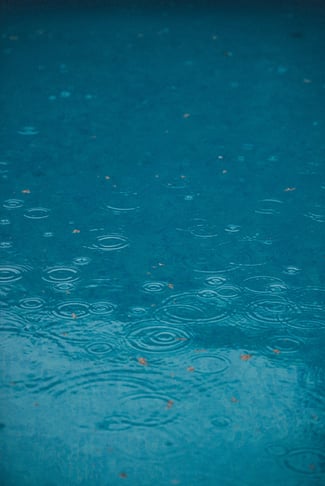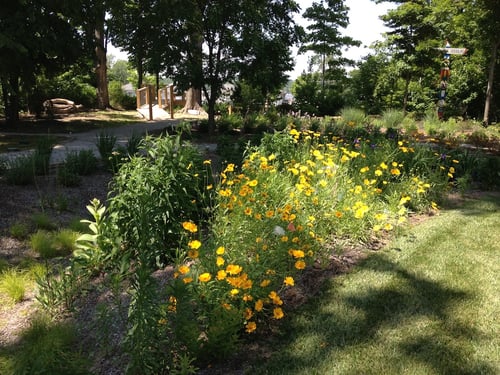Stormwater management is a critical need in our cities and rural areas today, but to make our methods truly effective, we need to understand best practices.
To you, a sudden rainstorm is a nuisance. Your husband has the car today, so you’re walking to the L. You forgot your umbrella. Your presentation is getting wet.
Bummer.
Yet the billions of gallons that rain and snow down on cities like Chicago every year are far more than a personal inconvenience. They take a major toll, overrunning our sewers, sending pollution and disease into waterways, and ruining both metropolitan and rural areas.
The problem is, we tend to think of “saving the environment” as pertaining to the wilds, or at least to wetlands and parks – both inside and outside the city.
In truth, the urban environment is important as well. It’s where humans live (duh), and if we don’t take careful steps to make cities healthy, we’re hurting not only the world, but ourselves.
So how does stormwater come into the picture? Today, we’ll examine exactly what stormwater is and what we can do to manage it more effectively using long-term solutions rather than temporary measures.
In other words, using stormwater management best practices.
What Is Stormwater Management?
 Any understanding of stormwater management best practices begins with a thorough comprehension of what stormwater itself is.
Any understanding of stormwater management best practices begins with a thorough comprehension of what stormwater itself is.
As the Rouge River National Wet Weather Demonstration Project explains, “Stormwater runoff is water that flows over land from rainfall or snowmelt, often causing flooding, erosion and pollution problems.” Importantly, it’s more than the water from precipitation:
“It includes flows from storm drains and natural drainage courses serving industrial, commercial, residential, undeveloped, recreational and agricultural lands.”
As such, a large percentage of stormwater carries chemicals, pathogens and pollutants.
Even when it doesn’t arrive poisoned, it quickly picks up toxins by running across impermeable city surfaces: asphalt, brick, cement, concrete.
We can’t do much about the water that rains down, collects as snow and melts, and comes from rivers and other water sources. Nature dumps water on us; we just have to deal with it.
What we can do – and must, if we truly care about stormwater management best practices – is find a way to funnel that water back into the watershed without the adulterants that take such a toll on natural and urban systems.
Stormwater Management Best Practices: Some Cutting-Edge Approaches
 Luckily, some very smart people are working hard to develop and implement stormwater management best practices.
Luckily, some very smart people are working hard to develop and implement stormwater management best practices.
First and foremost, we must work with nature rather than around or against her. That means prioritizing green over gray infrastructure using wild and organic systems rather than huge dykes, culverts or other structures that merely employ more impermeable surfaces. (Remember: that causes disease and crap.)
We need, instead, solutions that capture stormwater at its source: on rooftops, in the streets, on medians and more. Some of the best approaches today include:
- Green roofs and rooftop gardens
- Permeable pavers
- Detention and retention ponds
- Water quality inlets
- Grass swales or ditches
- Infiltration basins
Note that these solutions don’t make use of impermeable surfaces that only kick the ball down the road. They’re also self-sustaining, using mostly natural materials that will continue to grow for decades without cracking, breaking, breaching or disintegrating.
Depending on your specific building, property, urban niche or rural area, the best best practice will vary. That’s why you should get in touch to learn more about stormwater management best practices today. Ecogardens is here, happy to help and dying to defeat Evil Stormwater, so don’t wait.


